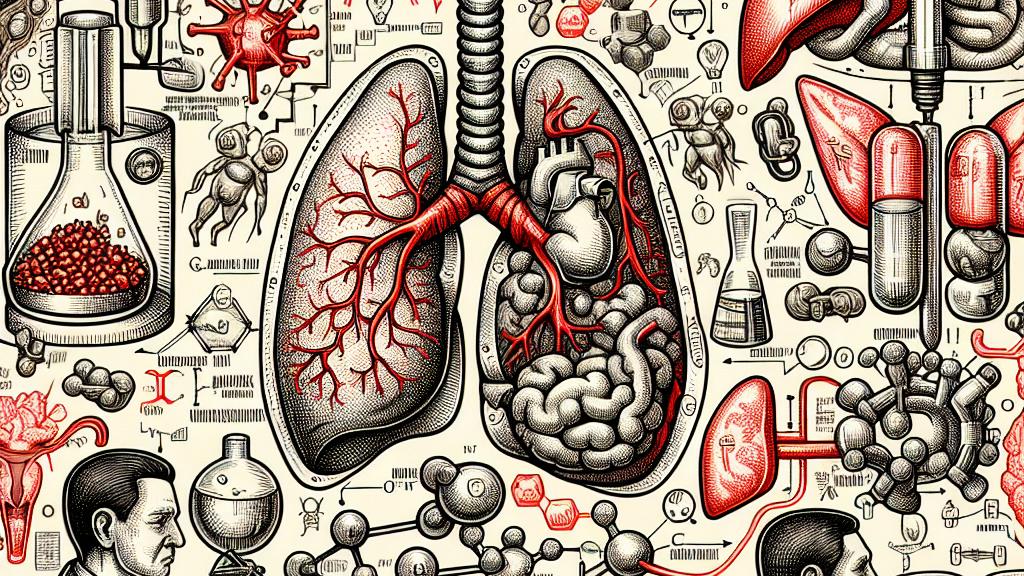Innovative Drug Delivery System Enhances Gene Therapy Efficiency
Overview
- Revolutionary platform overcomes liver hurdles, significantly enhancing gene therapy delivery.
- Integration of fusion proteins with lipid nanoparticles yields highly targeted therapeutic vehicles.
- This breakthrough paves the way for new treatment options in genetic disorders and other critical illnesses.

Overcoming Delivery Roadblocks
A groundbreaking development from Canada is reshaping the landscape of gene therapy. Researchers from the University of Alberta have introduced a revolutionary drug delivery system that tackles one of the biggest obstacles in the field: the liver. Often, gene therapies are thwarted by this organ's strong tendency to intercept treatments before they can reach their intended destinations. John Lewis, the lead oncologist in this study, highlights a key challenge: while existing systems may perform well in the lab, they frequently fail in real-world applications. Instead of targeting vital locations like the brain or lungs, they end up directed to the liver, which dilutes their therapeutic potential and undermines patient outcomes.
Innovative Solution through Viruses
In a bold move to address this delivery conundrum, the research team has skillfully fused a unique protein from the fusogenic orthoreovirus with advanced lipid nanoparticles. This creative collaboration has birthed a potent new delivery vehicle known as FAST-PLV. Remarkably, tests conducted on mice revealed that this platform could deftly avoid liver interception and simultaneously facilitate significant muscle growth. For instance, when researchers administered a gene responsible for muscle development, they observed that treated mice achieved a staggering doubling of muscle mass compared to their untreated counterparts. Such promising results not only demonstrate the efficacy of targeted therapies but also ignite enthusiasm for the future of innovative solutions in medicine.
Future Implications for Genetic Medicine
The future for Lewis and his dedicated team appears incredibly bright as they envision harnessing this cutting-edge technology for a plethora of therapeutic applications. Their ambitious agenda includes the development of next-generation COVID-19 vaccines and pioneering treatments for ailments such as cancer, Alzheimer's disease, and cystic fibrosis. The implications of their research extend far beyond mere technological advancements; they herald a transformational shift in the realm of genetic medicine. By circumventing traditional organ-specific barriers, this innovation holds the promise of redefining the treatment landscape for millions suffering from genetic disorders and other diseases once deemed untreatable. In essence, we stand on the cusp of a new epoch in healthcare, brimming with hope and potential for life-changing interventions.

Loading...